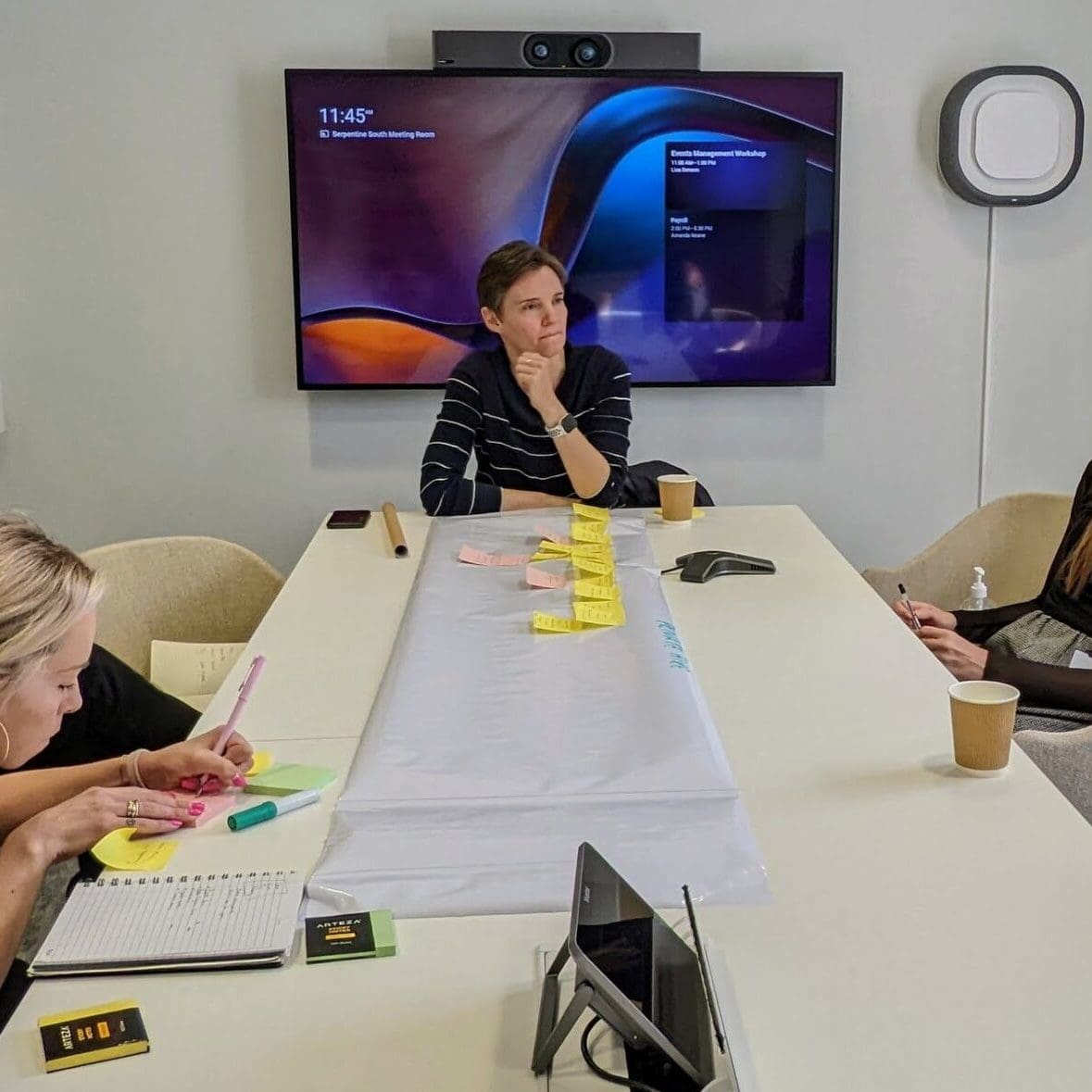Active Observation
When you are evaluating a system or looking to improve it for your users there are several methods you can use to understand their challenges, and what changes would really benefit them.
One approach that we love to use at Hyphen8 is active observation.
Active observation is sitting with users of the system (or screen sharing in these remote working times), who show you on screen how they carry out tasks or processes.
If you are carrying out active observation with many users you can collect quantitative information, for example how many users took one path vs another. Alternatively, you can just follow the user on their journey to offer a more qualitative insight.
We like to encourage users to talk through their journey; describing what they are doing and what they find difficult. We also take the opportunity to ask questions to dig a little deeper such as ‘why did you do it that way?’ or ‘how would you like that to work better for you?’.
Why active observation?
Active Observation can be a helpful way to research users experience because although we may know what we expect users to do, that may often not be the reality.
Other methods such as using interviews, workshops or surveys can be helpful to get feedback, but people can often forget specific issues when asked on the spot. They may also get so used to their workarounds that they don’t even realise that they are doing them.
It can be difficult for anyone to ‘explain an experience’, so active observation can be easier for the user, whilst allowing you to uncover valuable information that you just wouldn’t have insight into otherwise.
Active observation in practice
Recently we carried out active observation sessions with Local Trust, a place-based funder who were having challenges with their system and wanted support to research into their user’s experiences.
We scheduled sessions with users from different roles and departments and recorded online screen share sessions. We started the sessions explaining what the purpose of the sessions were, what we were asking them to do, and what we were going to do with the information afterwards.
We then asked them to walk us through how they carry out key tasks on the system, whether it was approving assessments, reviewing reports or processing payments.
The sessions gave us valuable information on how they were using the system, what the biggest pain points were, and how it would work better for them.
Users also highlighted things that they found helpful, which is also really important as we don’t want to change things that are working well for them already!
After the sessions, we held a workshop with the wider team to playback our findings; checking if others had similar experiences and if there was anything that we hadn’t seen and captured.
Things we have learnt from carrying out active observation
- Brief your user that they should show you how they actually use the system i.e., not the way it ‘should’ be used. Workarounds are the important bit!
- Explaining to your user what you’ll do with the findings and that you’re not there to test them can help assure them that they can be honest with you, and that their time was well spent.
- Recording the session can be helpful so that you can focus on the journey and the conversation. You can then revisit the recording to pull out key points and analyse all the information after the session.
- Other methods can be used to confirm whether the findings are typical of other users, such as playing back the findings to a wider group or gathering feedback through workshops.
Active observation can be a more time-intensive method of research with even a small number of users compared with other approaches. However even just starting with a small group you can get some really valuable insights that can be combined with other methods to inform your review, and ultimately make improvements that really work for your users.






